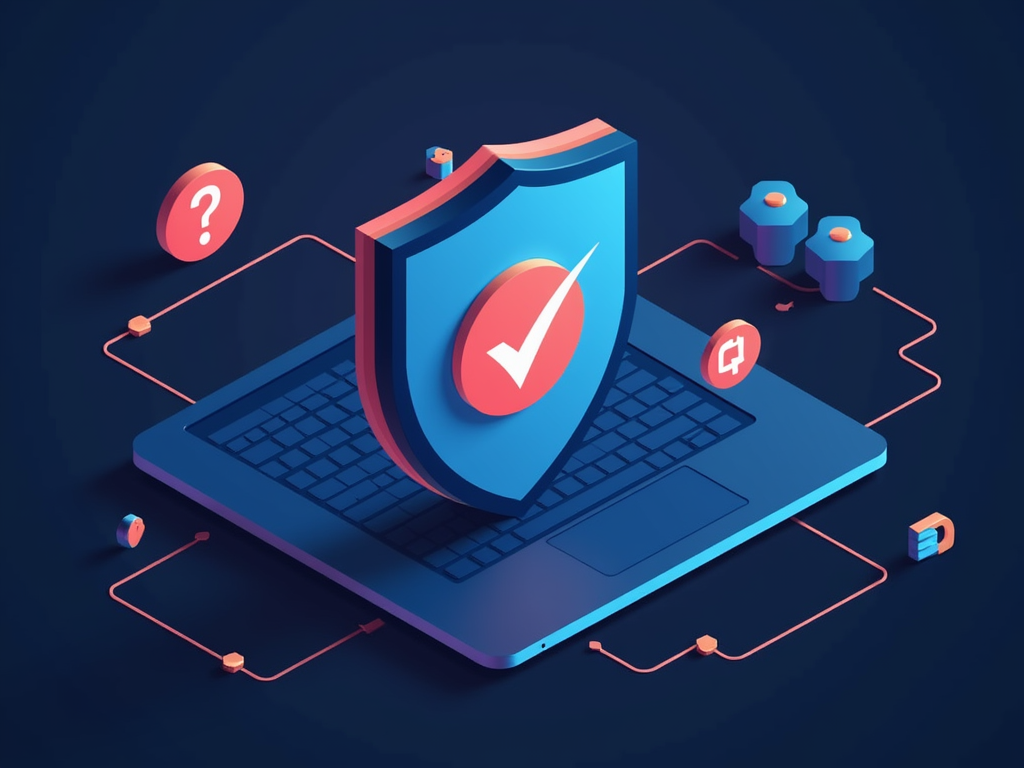The Benefits of Using a Phishing Simulation Tool for Awareness
Phishing attacks are on the rise, and it’s crucial for organizations to take proactive measures to protect themselves against these malicious activities. One effective way to raise awareness about phishing scams is by using a phrasing simulation tool. In this article, we’ll explore the benefits of using such tools and how they can help your organization stay ahead of the curve.
What are Phishing Simulation Tools?
Phishing simulation tools are software applications designed to mimic real-life phishing attacks. These tools allow you to send fake emails or messages that appear to be legitimate, but actually contain malicious links or attachments. The goal is to test employees’ responses to these simulated attacks and gauge their ability to identify and report suspicious activity.
Benefits of Using Phishing Simulation Tools
1. Raises Awareness
The most significant benefit of using phishing simulation tools is that they raise awareness about the importance of online security. By sending simulated phishing emails or messages, you’re educating your employees on how to identify and respond to real-life attacks. This increased awareness can help prevent successful breaches and reduce the risk of data theft.
2. Identifies Weaknesses
Phishing simulation tools allow you to identify weaknesses in your organization’s defenses. By monitoring employee responses to simulated attacks, you can pinpoint areas where employees may be vulnerable to manipulation. This information enables you to develop targeted training programs to address specific vulnerabilities and improve overall security posture.
3. Provides Valuable Training Data
Phishing simulation tools provide valuable data for training purposes. Analyzing employee responses to simulated attacks helps you develop more effective training programs that are tailored to your organization’s unique needs. This data can also be used to create targeted phishing simulations that test specific skills or knowledge areas.
4. Cost-Effective
Compared to traditional security awareness training methods, such as classroom sessions or webinars, phishing simulation tools are cost-effective. These tools allow you to deliver targeted training and testing at scale, without the need for extensive resources or personnel.
5. Reduces Risk
By using a phrasing simulation tool, you’re reducing the risk of successful attacks on your organization. Simulated attacks help employees develop critical thinking skills, allowing them to recognize and report suspicious activity before it’s too late. This proactive approach can significantly reduce the risk of data theft or financial loss.
How to Choose the Right Phishing Simulation Tool
Choosing the right phishing simulation tool for your organization depends on several factors, including your security posture, employee demographics, and available resources. When selecting a tool, consider the following criteria:
- Scalability: Can the tool handle large volumes of users and simulate attacks at scale?
- Customization: Does the tool offer customization options to tailor simulations to specific employees or departments?
- Reporting and Analytics: Does the tool provide detailed reporting and analytics on employee responses and performance?
- Integration: Does the tool integrate with other security solutions, such as incident response platforms or security information and event management (SIEM) systems?
Conclusion
Phishing simulation tools are a valuable addition to any organization’s security awareness program. By raising awareness, identifying weaknesses, providing training data, being cost-effective, and reducing risk, these tools can help your organization stay ahead of the curve in the fight against phishing attacks. When selecting a phrasing simulation tool, consider scalability, customization, reporting and analytics, and integration with other security solutions. With the right tool, you’ll be better equipped to protect your organization from the ever-evolving threat landscape.
References
- [1] Ponemon Institute. (2020). 2020 Phishing Trends Report.
- [2] Verizon. (2020). 2020 Data Breach Investigations Report.
- [3] SANS Institute. (2020). Top Cybersecurity Risks and Threats.



